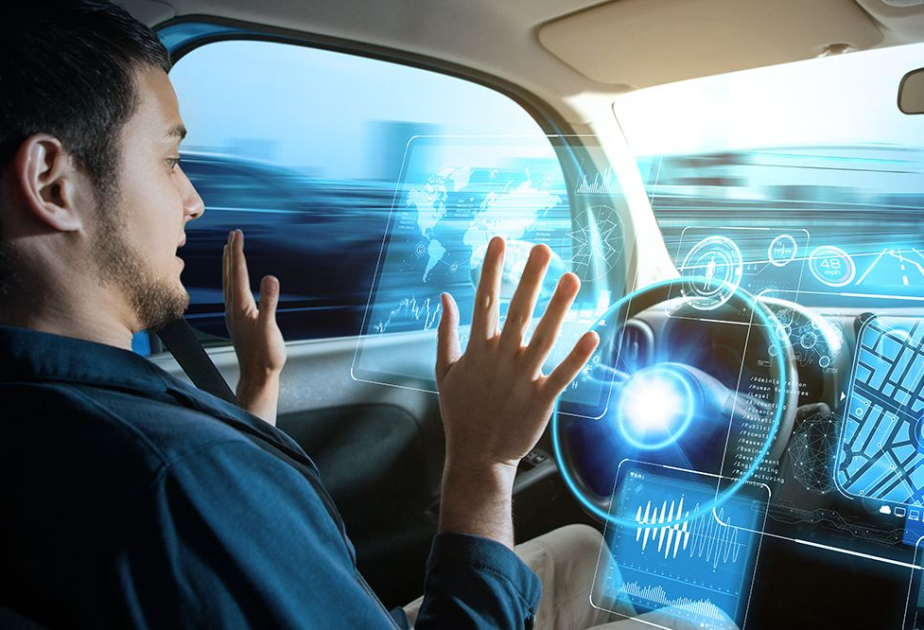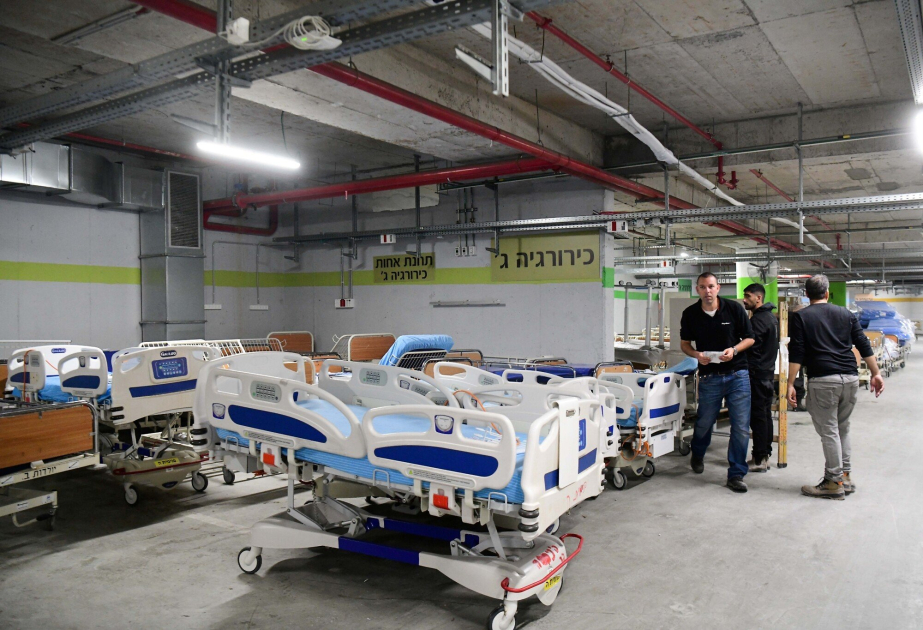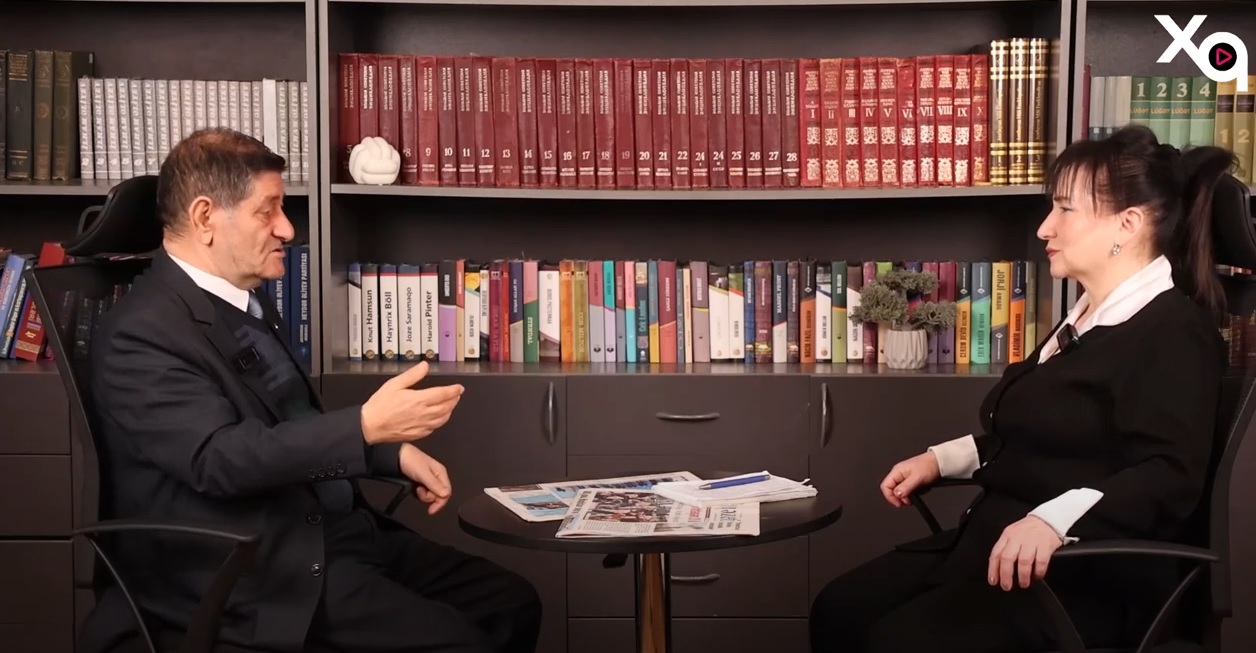Chinese regulators have begun stepping up efforts to regulate the software deployment and marketing in the smart driving space, amid concerns over the growing abuse of driver assistance systems, according to CnEVPost.com.
China's Ministry of Industry and Information Technology (MIIT) held a closed-door meeting with 20 companies on April 16, calling for a halt to public testing of driver assistance software and for all updates to be filed, according to a screenshot of the minutes of the meeting circulating on social media today.
Car companies were asked to refrain from using words like "self-driving," "autonomous driving," "smart driving," "advanced smart driving," and instead use the term "combined assisted driving" to avoid misleading consumers, according to the minutes of the meeting.
The MIIT wants car companies to reduce the frequency of software OTA (over the air) updates and provide them to vehicles only after sufficient verification has been completed.
Vehicles that require software updates via emergency OTAs should be handled as recalls or production halt, according to the minutes.
Reuters mentioned similar content in a report today citing a meeting minute that it said was confirmed by one of the attendees.
The MIIT confirmed the meeting in a brief statement last night, saying that nearly 60 delegates from major car producers attended.
Vehicle companies were asked to fully conduct testing and validation of combined driver assistance features, and to clarify the boundaries of system functions and safety response measures, according to the MIIT statement.
They must not engage in exaggeration and false marketing, strictly fulfill their notification obligations, and assume responsibility for production consistency and quality and safety, according to the statement.
Several experts from the China automotive industry associations released comments today emphasizing that China should regulate the marketing of driver assistance features by car companies to prevent misleading consumers.
The popularization of driver assistance technologies must go hand in hand with the advancement of user awareness, Fu Bingfeng, deputy secretary-general of the China Association of Automobile Manufacturers (CAAM), said in a post today.
Companies should establish user education mechanisms in processes including delivery, use and maintenance, Fu said, suggesting differentiated guidance programs for different user groups, such as first-time buyers and elderly drivers.
Zhang Jinhua, president of the China Society of Automotive Engineers, said in a post today that the current maturity of driver assistance technology has deviated from the heat of the marketing.
The blurring of boundaries in marketing and user perception bias have become a growing problem, with some drivers confusing driver assistance with autonomous driving, Zhang said.
Traffic accidents caused by drivers using driver assistance functions incorrectly have occurred from time to time, causing widespread concern in society, he said.
When marketing driver assistance systems, car companies should clearly state information such as the level of driving automation, system capabilities, system boundaries, and responsible parties, and avoid using misleading terms, Zhang said.
The stricter scrutiny comes in the wake of a fatal accident involving Xiaomi's hot-selling SU7 sedan in late March.
On the night of March 29, a Xiaomi SU7 traveling on a highway in Tongling, Anhui province, caught fire after accidentally hitting a highway guardrail, killing three people.
A statement from Xiaomi revealed that the driver used the assisted driving feature, but about two seconds before the impending collision the system quit and asked the driver to take over the vehicle.
Over the past few years, with the rapid development of smart driving technology, there have been frequent cases of driver assistance software being misused.
Some people have even allowed their vehicles to drive themselves on the highway without looking at the road at all, trusting that the driver assistance software will keep them safe.




















